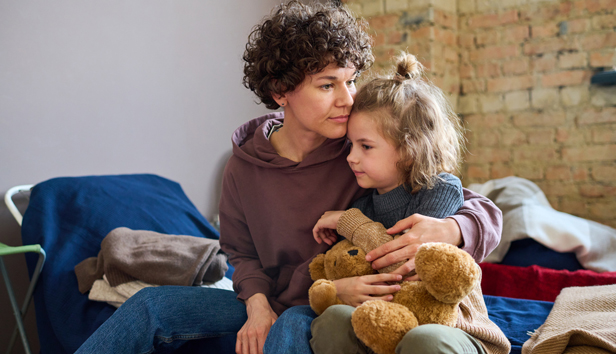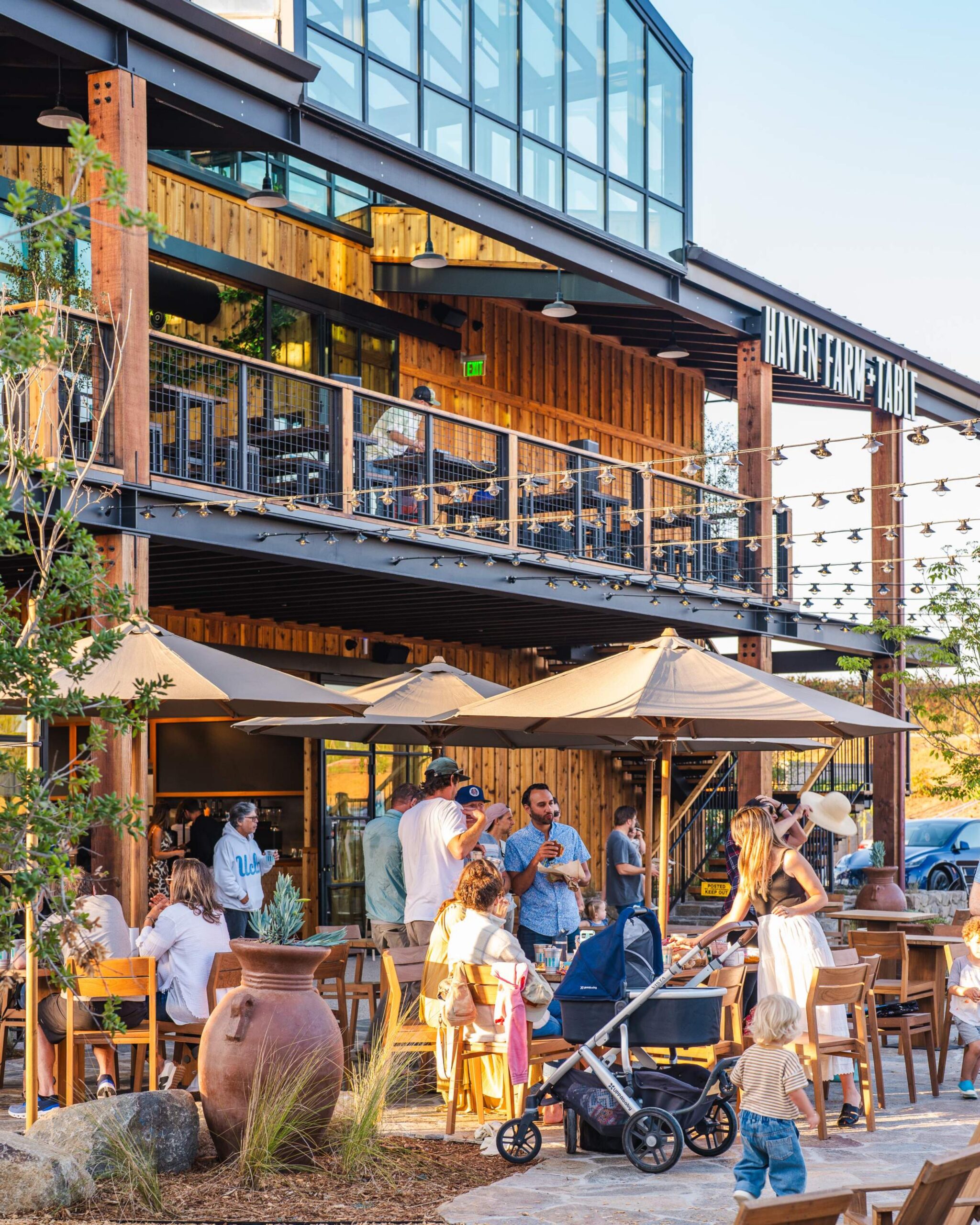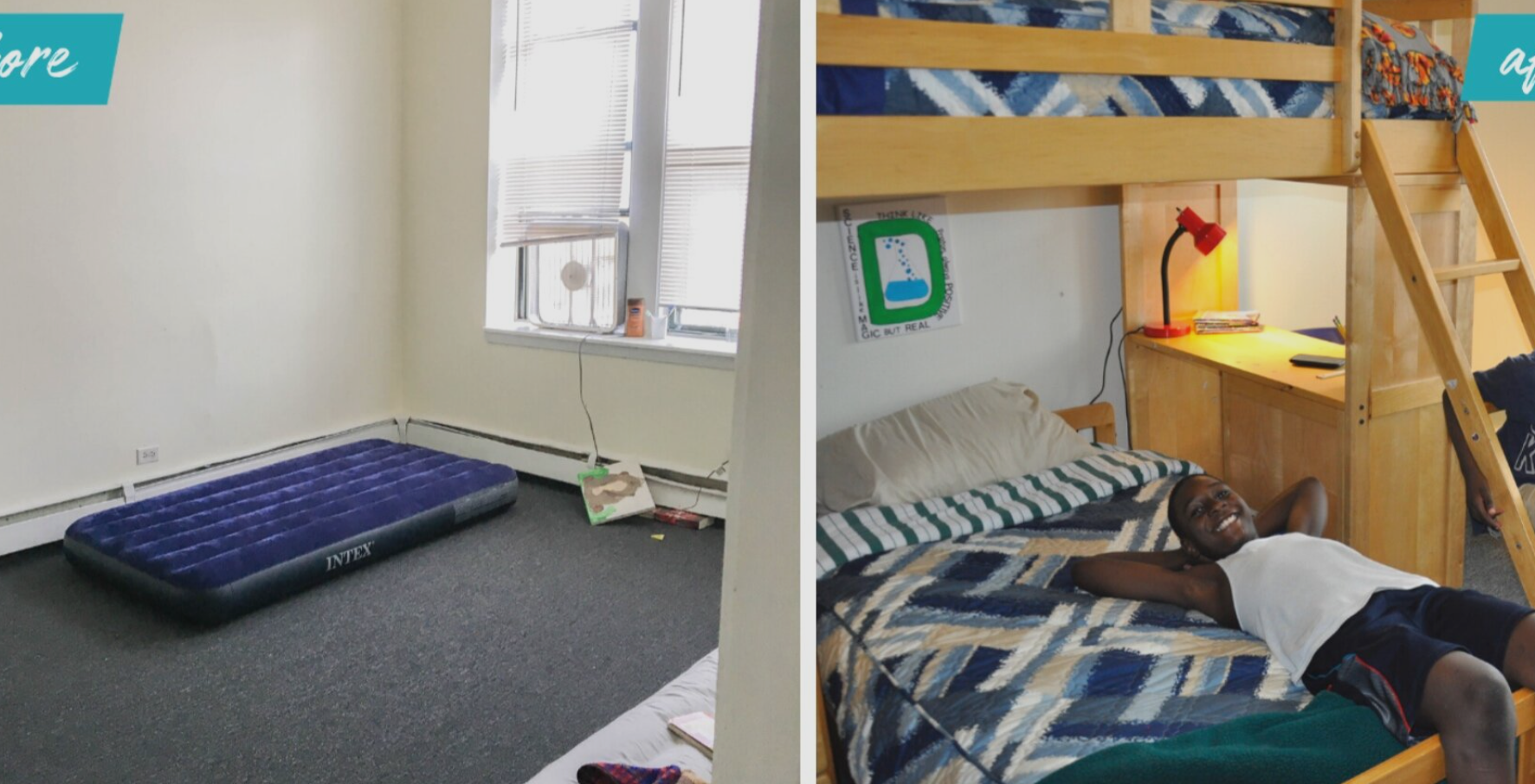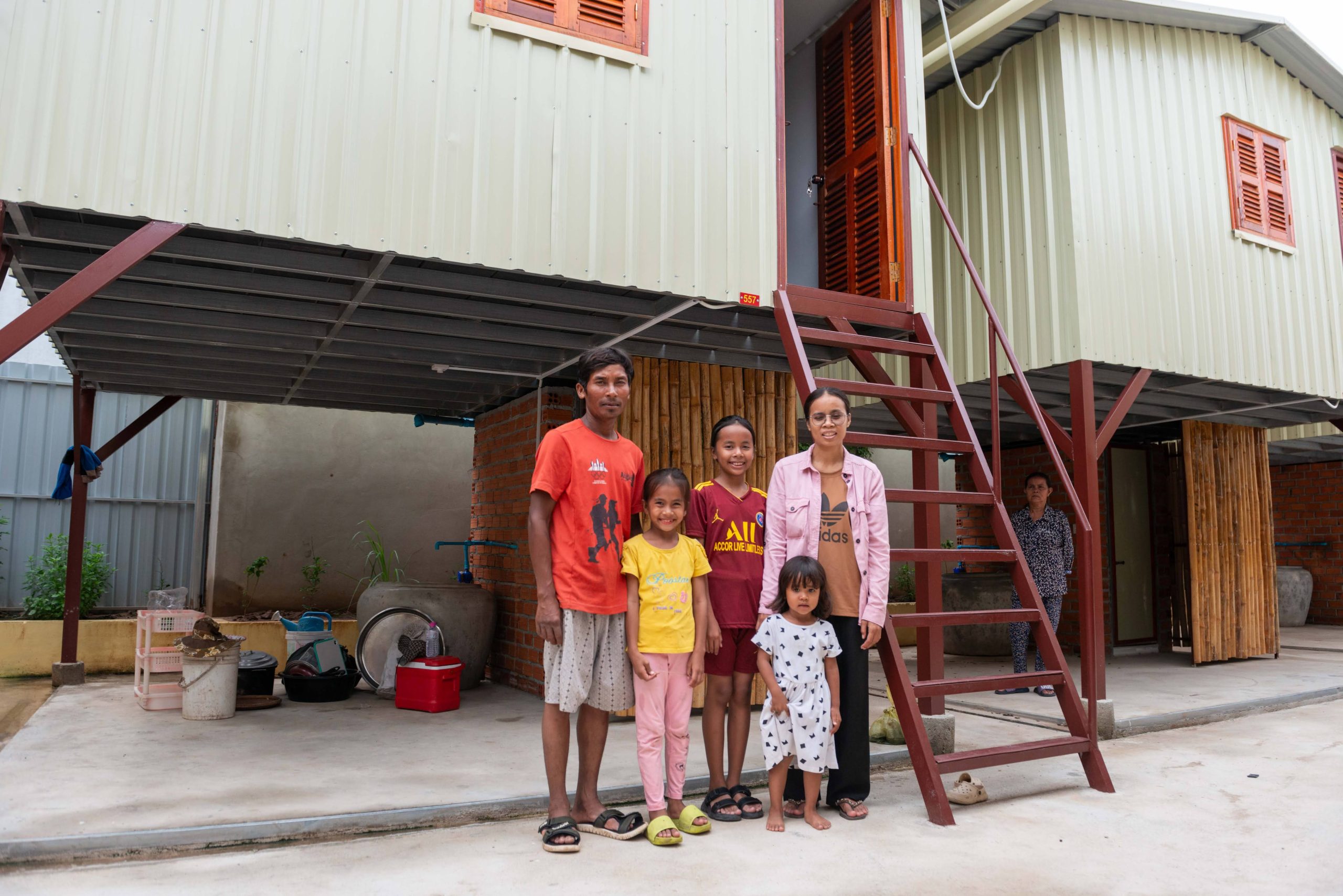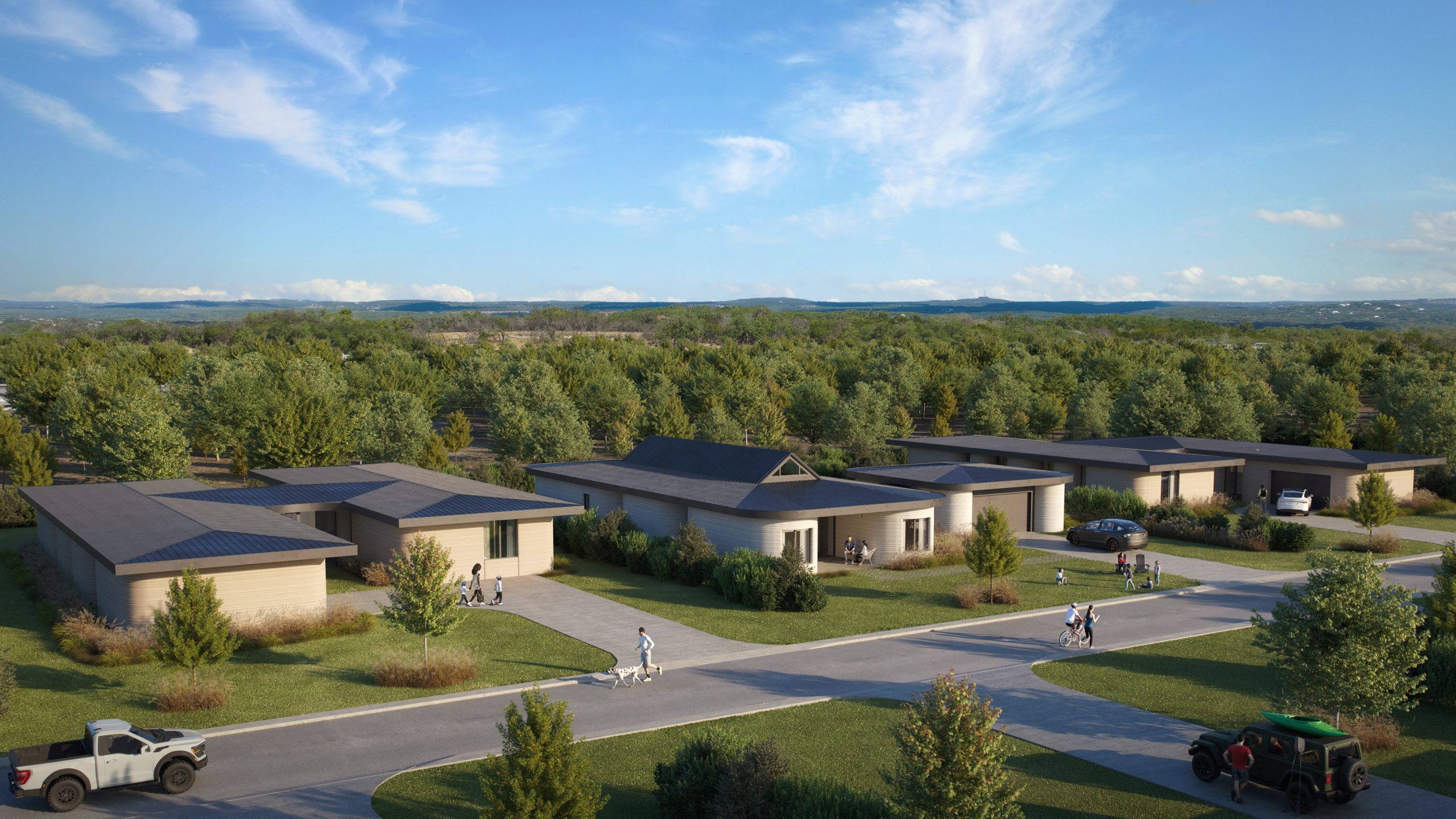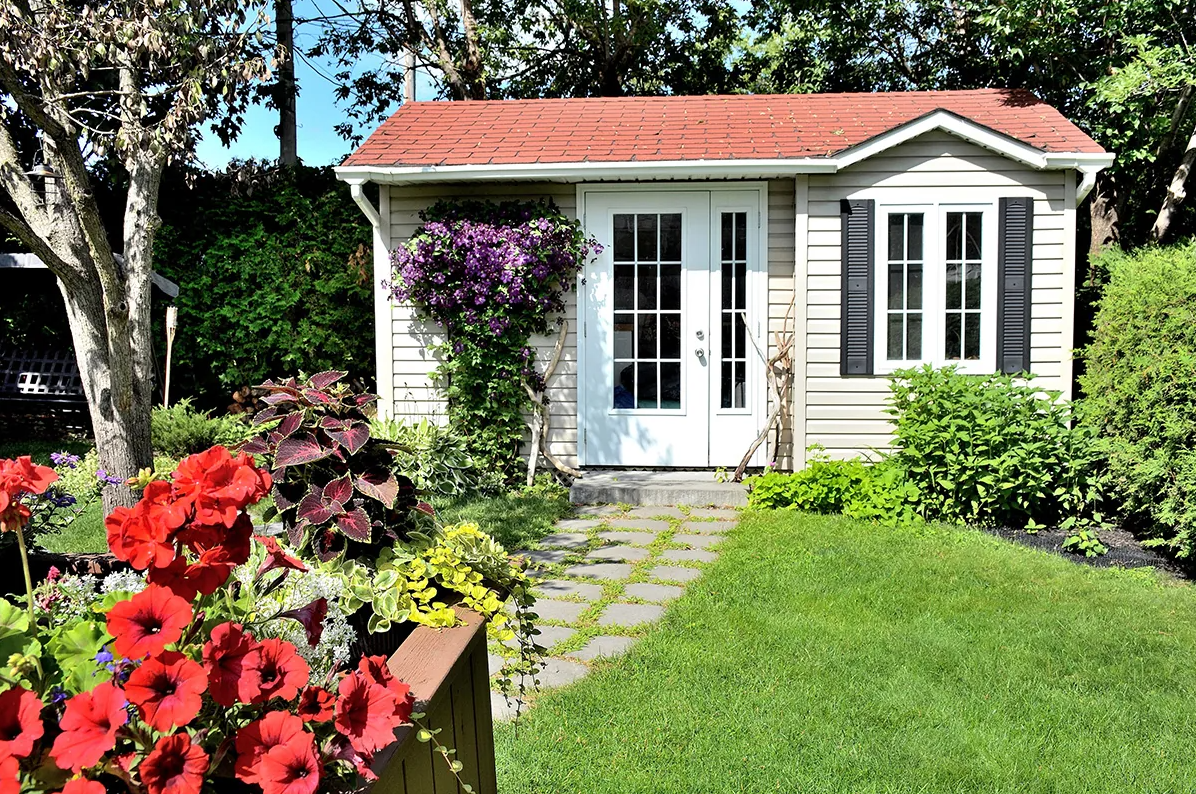PLACEMAKING
How might we design safe and accessible places that create a sense of belonging and community?
Addressing the housing crisis means more than just providing a roof over someone’s head; it’s about building a place where people feel safe and have a sense of belonging. Without community, housing insecurity often exacerbates feelings of isolation. Findings from a study stated, “providing stable and safe housing is a foundational step in alleviating loneliness” (source). The overall well-being of an individual is interwoven with living in stable housing and having a sense of community. While there have been many efforts to provide physical housing, less thinking has gone into making housing that creates communities. For example, housing communities could incorporate social infrastructure such as libraries and gardens that contribute to social cohesion (source).
How can design help turn an underused space into a meaningful place for community? Check out a more specific breakdown of the problem and example solutions below:
PROBLEM ANGLES
Building Diverse Neighborhoods
How might we use design to build more inclusive neighborhoods to support different housing needs?
At the core of the housing crisis lies the urgent need for more physical structures. But progress is stalled by public resistance, stigma around affordable housing, and outdated building practices. Many homes still follow traditional designs which fail to address the evolving needs of diverse populations. Designing solutions that address these challenges can create more vibrant and resilient communities for generations of residents (source).

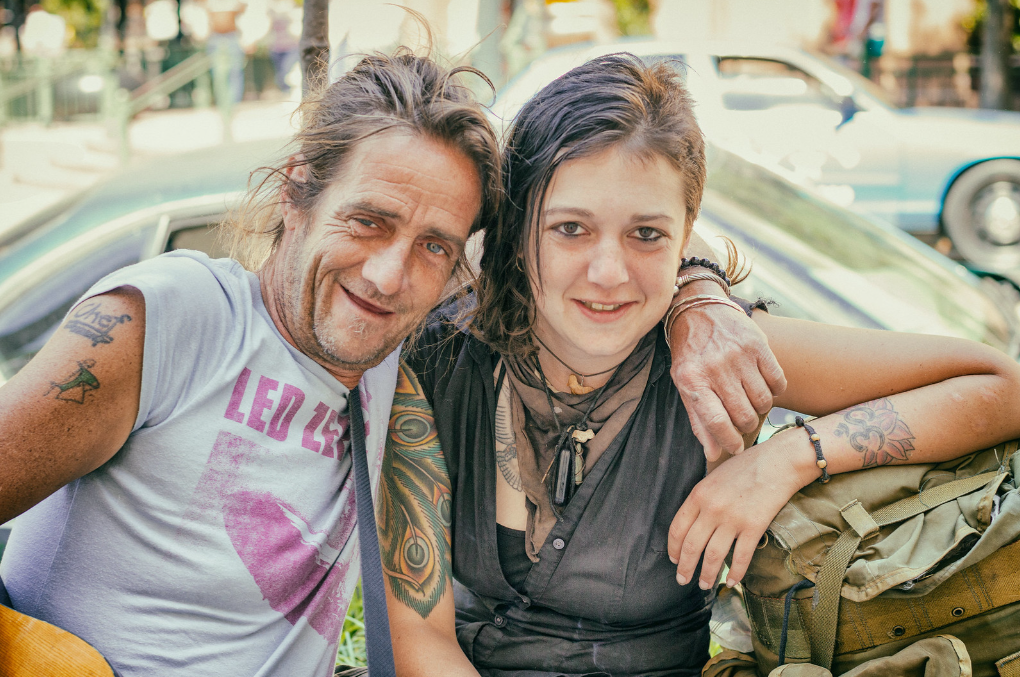
Fostering Community In Shelters
How might design help unhoused populations find community in shelters?
People experiencing housing insecurity need more than just a sustainable place to live; they need a community that supports their individual and social needs. Many shelters have strict rules on pets, personal belongings, substance use, and gender segregation, leading many individuals hesitating to seek shelter (source). There can be more done to support the social and emotional needs of individuals at each step out of homelessness to holistically empower all of those seeking support.
Safety In Shelters
How might we design safer shelters?
The lack of safety regulations in shelters can make inhabitants feel vulnerable. Occupants have reported cases of assaults, theft, persistent mold, and witnessing neighbor deaths which deter people from using shelters (source, source). Safety must be addressed as a top priority for shelters to foster a sense of belonging and security.
